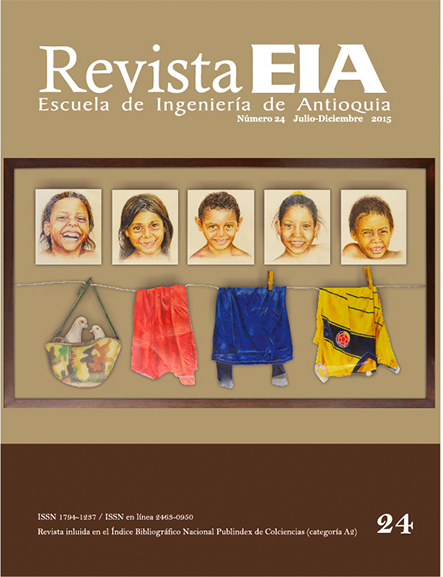ANTECEDENTES DE LA INTENCIÓN DE USO DE LOS SITIOS WEB DE COMPRAS COLECTIVAS
ANTECEDENTES DE LA INTENCIÓN DE USO DE LOS SITIOS WEB DE COMPRAS COLECTIVAS


This work is licensed under a Creative Commons Attribution-NonCommercial-NoDerivatives 4.0 International License.
Copyright statement
The authors exclusively assign to the Universidad EIA, with the power to assign to third parties, all the exploitation rights that derive from the works that are accepted for publication in the Revista EIA, as well as in any product derived from it and, in in particular, those of reproduction, distribution, public communication (including interactive making available) and transformation (including adaptation, modification and, where appropriate, translation), for all types of exploitation (by way of example and not limitation : in paper, electronic, online, computer or audiovisual format, as well as in any other format, even for promotional or advertising purposes and / or for the production of derivative products), for a worldwide territorial scope and for the entire duration of the rights provided for in the current published text of the Intellectual Property Law. This assignment will be made by the authors without the right to any type of remuneration or compensation.
Consequently, the author may not publish or disseminate the works that are selected for publication in the Revista EIA, neither totally nor partially, nor authorize their publication to third parties, without the prior express authorization, requested and granted in writing, from the Univeridad EIA.
Show authors biography
Los sitios web de compras colectivas han adquirido importancia para la comercialización online de productos y servicios, pero los estudios sobre la aceptación de esta tecnología son escasos en el mundo e inexistentes en Colombia. El presente trabajo propone un modelo de hipótesis para el estudio de la aceptación tecnológica de los sitios web de com- pras colectivas, basado en el Modelo de Aceptación de Tecnologías (TAM, por su sigla en inglés) y complementado con otros constructos como el Valor Percibido, el Shopping Enjoyment y la Confianza Percibida. Dicho modelo se contrastó con una muestra de 470 individuos con lo que se obtuvo un buen ajuste, que permitió el no rechazo de todas las hipótesis propuestas y que evidenció la utilidad percibida como el principal antecedente directo de la intención de uso.
Article visits 374 | PDF visits 264
